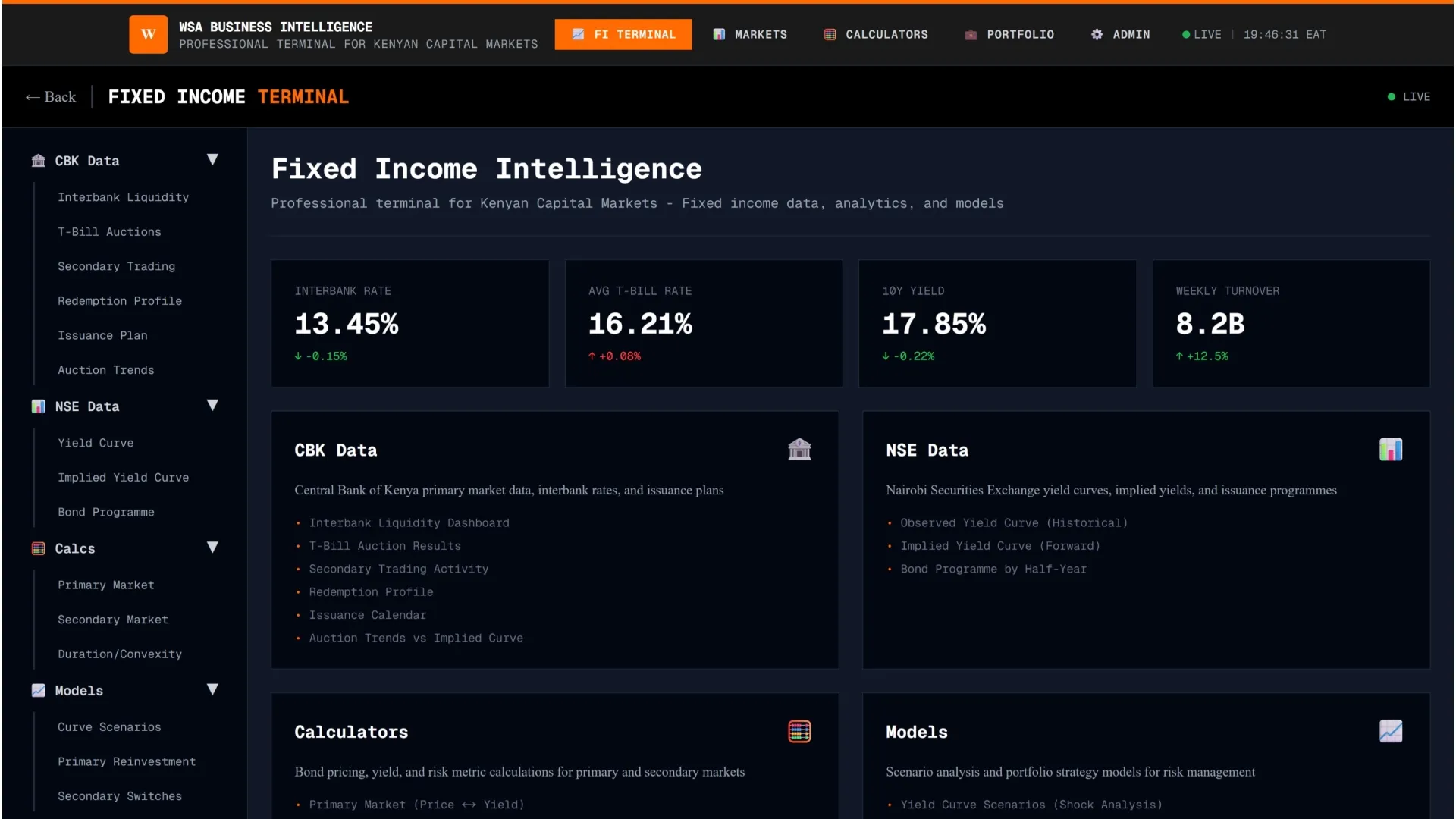Kenya’s motor vehicle market started the year on a strong note, with registrations peaking at 22,632 units in January before easing to 20,132 in May, an 11% decline over five months, according to the latest data from the Kenya National Bureau of Statistics (KNBS).
- •Motorcycles remain the clear driver of the market with registrations hitting 12,456 units in January, then diving to 10,588 units in May.
- •The demand for motorcycles has been buoyed by the boda boda economy that has entrenched itself as an avenue for cheap transport and instant employment.
- •Vehicle registrations of station wagons, the second-largest segment, stood at 6,584 units in January, before peaking in April at 7,398 units, and slumping the subsequent month to 5,953 units.
For other more costly vehicles, both personal and commercial, demand has been low due to financial constraints and shrinking credit opportunities. Another likely reason for the high demand in recent months was the July 1st implementation of a new computation model for import duty, the first such update by KRA since 2019.
Saloon car units that have been registered fell from over 600 in December last year to below 500 units for the first half of this year. Lorries recorded 600 new registrations, the highest figure in 12 months, reflecting stable activity in freight and logistics.
Meanwhile, the lowest vehicle units registered since June last year include buses, minibuses, and wheeled tractors — which are below the 200 unit threshold.
On the assembly line, Kenya’s vehicle production remains steady at about 1,000 units from 2022. Between May and June this year, the number of assembled vehicle units fell by 14%.




